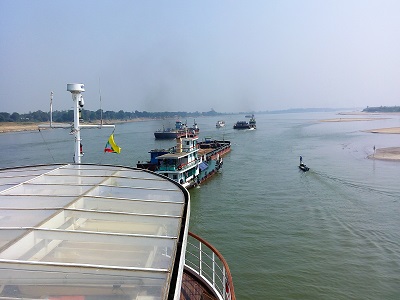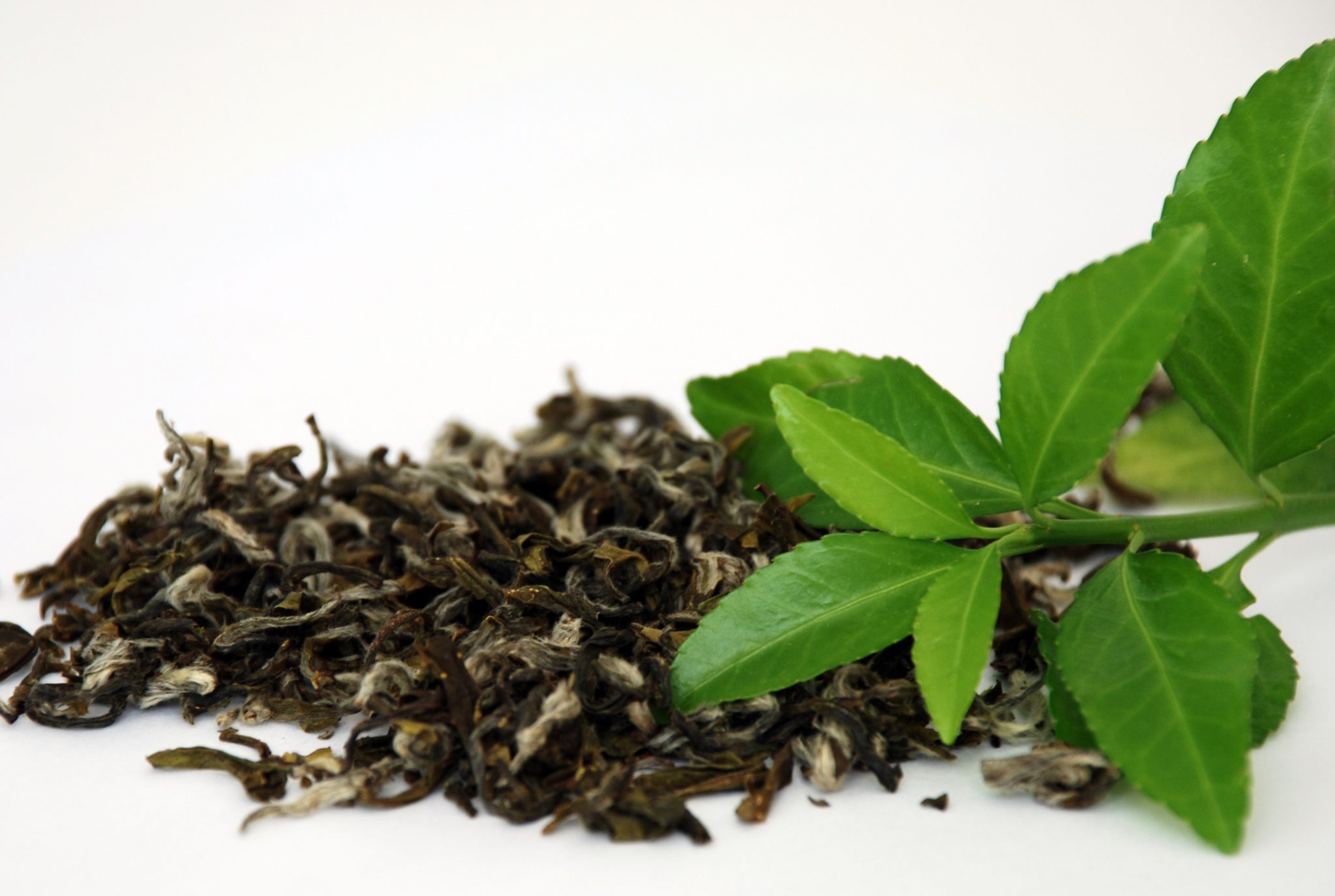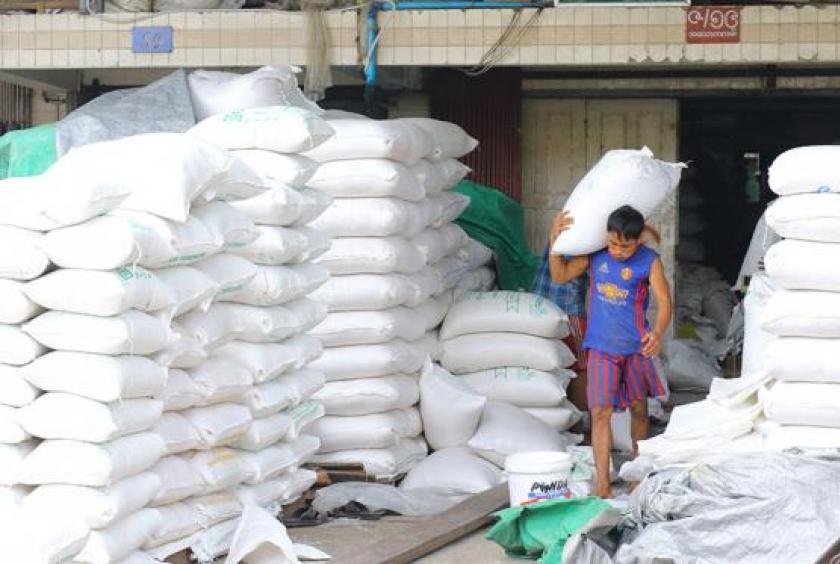 Myanmar exported over 190,000 tons of rubber, worth around US$250 million, to its trade partners in the past 11 months, surpassing the targeted volume of 170,000 tons for the current fiscal year, according to figures released by the Ministry of Commerce.
Myanmar exported over 190,000 tons of rubber, worth around US$250 million, to its trade partners in the past 11 months, surpassing the targeted volume of 170,000 tons for the current fiscal year, according to figures released by the Ministry of Commerce.
The increase in earnings in the current fiscal was pegged at $60 million. About 150,000 tons of rubber was shipped to foreign markets in the 2017-2018FY, and Myanmar had raised its export target to 170,000 tons for the 2018-2019 FY. The target was increased because the production acreage increased up to 800,000 this year. According to the Myanmar Rubber Planters and Producers Association (MRPPA), there are over 1.63 million acres of rubber plantations across the country, of which, latex is produced on 700,000 acres last year.
China accounts for 70 per cent of Myanmar’s rubber exports. Singapore, Indonesia, Malaysia, Viet Nam, South Korea, India, and Japan also purchase rubber from Myanmar. At present, rubber prices are ranging between US$1,500 and $1,700 per ton, depending on the rubber variety (Ribbed Smoked Sheets, or RSS, 1,2,3, 4, and 5). Rubber prices can vary depending on the dollar rate, global crude oil prices, and the global political climate.
All stakeholders in the rubber supply chain are making concerted efforts to produce profitable quality rubber. The MRPPA has also called for rubber zones in the producing regions and states, in addition to main producer Mon State. At present, the rubber law is still being drafted. The government and rubber associations are endeavouring to set up a central rubber market after the rubber law comes into effect. Rubber is primarily grown in Mon and Kayin states and Yangon, Bago, and Taninthayi regions.
Source: Global New Light of Myanmar



 Myanmar has exposed illegal import worth of 12.99 billion kyats (8.65 million U.S. dollars) from September 2018 to July 2019, according to the Private Sector Development Committee (PSDC) Sunday. The exposure was made following the formation of Illegal Trade Control and Prevention Groups by the PSDC, led by Myanmar Vice President U Myint Swe.
Myanmar has exposed illegal import worth of 12.99 billion kyats (8.65 million U.S. dollars) from September 2018 to July 2019, according to the Private Sector Development Committee (PSDC) Sunday. The exposure was made following the formation of Illegal Trade Control and Prevention Groups by the PSDC, led by Myanmar Vice President U Myint Swe. THE Department of Trade introduced Myanmar Tradenet 2.0 during a workshop on E-trade Opportunities and Challenges in Myanmar at the UMFCCI in Yangon on August 23, 2019.
THE Department of Trade introduced Myanmar Tradenet 2.0 during a workshop on E-trade Opportunities and Challenges in Myanmar at the UMFCCI in Yangon on August 23, 2019. Myanmar exported over 400,000 tons of broken rice worth over US$100 million to 36 countries over the past 10 months with 50 percent of the total tonnage going to Belgium, according to Myanmar Rice Federation.
Myanmar exported over 400,000 tons of broken rice worth over US$100 million to 36 countries over the past 10 months with 50 percent of the total tonnage going to Belgium, according to Myanmar Rice Federation. As Myanmar is seeking foreign markets for its tea leaves, about 10 tons of green and dry tea leaves will be exported to Germany soon, said Chairwoman Daw Nyo Nyo Sein of Myanmar Tea Procedures Association. Majority of tea leaves are grown in northern and southern Shan State, and distinguished into various categories based on taste and quality for local markets, while organic tea leaves are aimed for foreign buyers.
As Myanmar is seeking foreign markets for its tea leaves, about 10 tons of green and dry tea leaves will be exported to Germany soon, said Chairwoman Daw Nyo Nyo Sein of Myanmar Tea Procedures Association. Majority of tea leaves are grown in northern and southern Shan State, and distinguished into various categories based on taste and quality for local markets, while organic tea leaves are aimed for foreign buyers. An agreement for overland barter trade has been signed on July 25, between Mandalay Rice Development Company (MRDC) and Kunming Green Color Trade Co., Ltd from China’s Yunnan province. Under this, the former will trade 100,000 tonnes of rice – stored in Muse or newly harvested rice – to the latter for an equivalent in other trade goods starting next month. Myanmar long-grain rice, which is very hard to sell due to high tariffs in European countries, will be prioritised.
An agreement for overland barter trade has been signed on July 25, between Mandalay Rice Development Company (MRDC) and Kunming Green Color Trade Co., Ltd from China’s Yunnan province. Under this, the former will trade 100,000 tonnes of rice – stored in Muse or newly harvested rice – to the latter for an equivalent in other trade goods starting next month. Myanmar long-grain rice, which is very hard to sell due to high tariffs in European countries, will be prioritised. During over nine months of this fiscal year, Myanmar earned over 220 million US dollars from the exports of over 0.17 million tons of rubber, according to an official of the Commerce Ministry. From October 1 to July 5 of 2018-2019 fiscal year, the rubber export earnings hit 225.189 million US dollars. Last year, the export earnings from exports of 135,982 tons of rubber reached 163.777 million USD. This year, the rubber export earnings increased by over 61.412 million USD and the rubber export volume, by over 40,582 tons.
During over nine months of this fiscal year, Myanmar earned over 220 million US dollars from the exports of over 0.17 million tons of rubber, according to an official of the Commerce Ministry. From October 1 to July 5 of 2018-2019 fiscal year, the rubber export earnings hit 225.189 million US dollars. Last year, the export earnings from exports of 135,982 tons of rubber reached 163.777 million USD. This year, the rubber export earnings increased by over 61.412 million USD and the rubber export volume, by over 40,582 tons. After opening its fifth outlet in Sagaing Region, Shwebo Rice Trading Center is planning to change its corporate status to public to be on par with other trading centers in Myanmar. It is planned to go public by next year and ensure all our rice mills are in line with regulations by the rice trading season next year. This will help elevate the center’s presence in the international market and make it easier to conduct export activities.
After opening its fifth outlet in Sagaing Region, Shwebo Rice Trading Center is planning to change its corporate status to public to be on par with other trading centers in Myanmar. It is planned to go public by next year and ensure all our rice mills are in line with regulations by the rice trading season next year. This will help elevate the center’s presence in the international market and make it easier to conduct export activities. Border trade between Myanmar and neighboring Thailand reached over US$ 3.14 billion as of 28 June in 2018-2019 fiscal year (FY) which started in October, according to the official weekly statistical report of the Ministry of Commerce.
Border trade between Myanmar and neighboring Thailand reached over US$ 3.14 billion as of 28 June in 2018-2019 fiscal year (FY) which started in October, according to the official weekly statistical report of the Ministry of Commerce. The Myanmar Invest Commission (MIC) last month permitted China’s Kangrui Agriculture & Livestock Development Company to invest in the raising of cattle in Myanmar. The investment will involve an injection of US$37 million in funds. A breeding facility will be established in Mahlaing Township, Mandalay Region. Kangrui, which is 90 percent owned by Shanghai Penghe Supply Chain Management and 10pc by Dehong Penghe Agriculture Development, will be the first wholly-owned Chinese outfit to invest in breeding cattle in Myanmar.
The Myanmar Invest Commission (MIC) last month permitted China’s Kangrui Agriculture & Livestock Development Company to invest in the raising of cattle in Myanmar. The investment will involve an injection of US$37 million in funds. A breeding facility will be established in Mahlaing Township, Mandalay Region. Kangrui, which is 90 percent owned by Shanghai Penghe Supply Chain Management and 10pc by Dehong Penghe Agriculture Development, will be the first wholly-owned Chinese outfit to invest in breeding cattle in Myanmar.